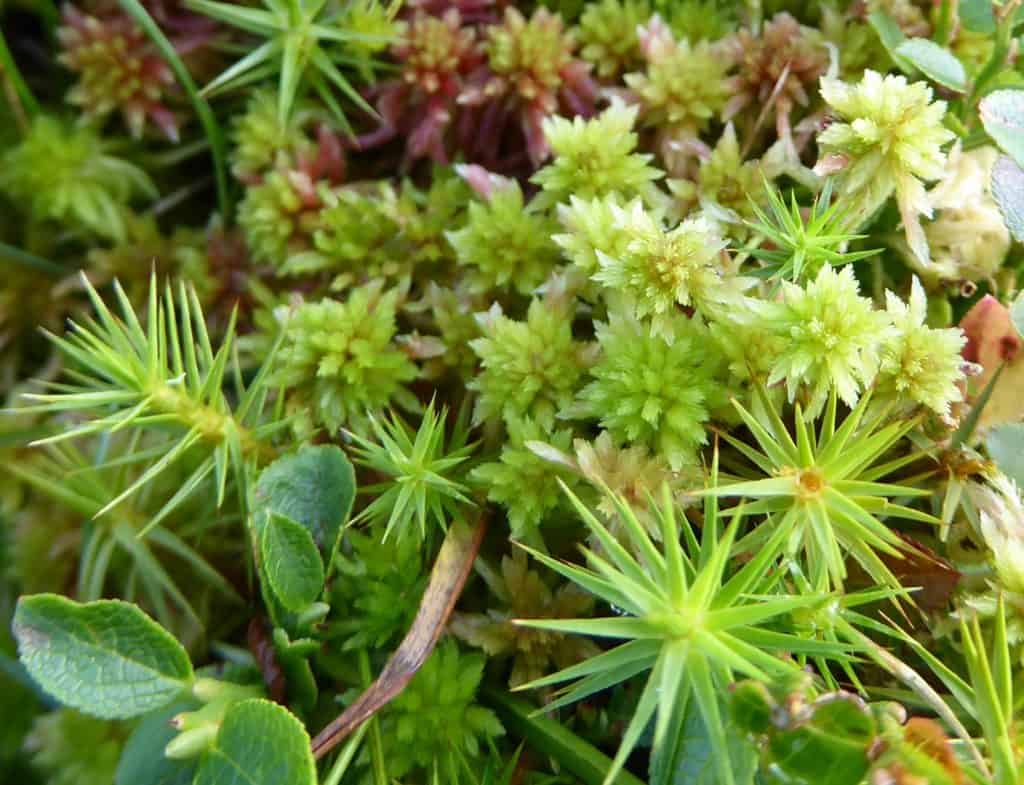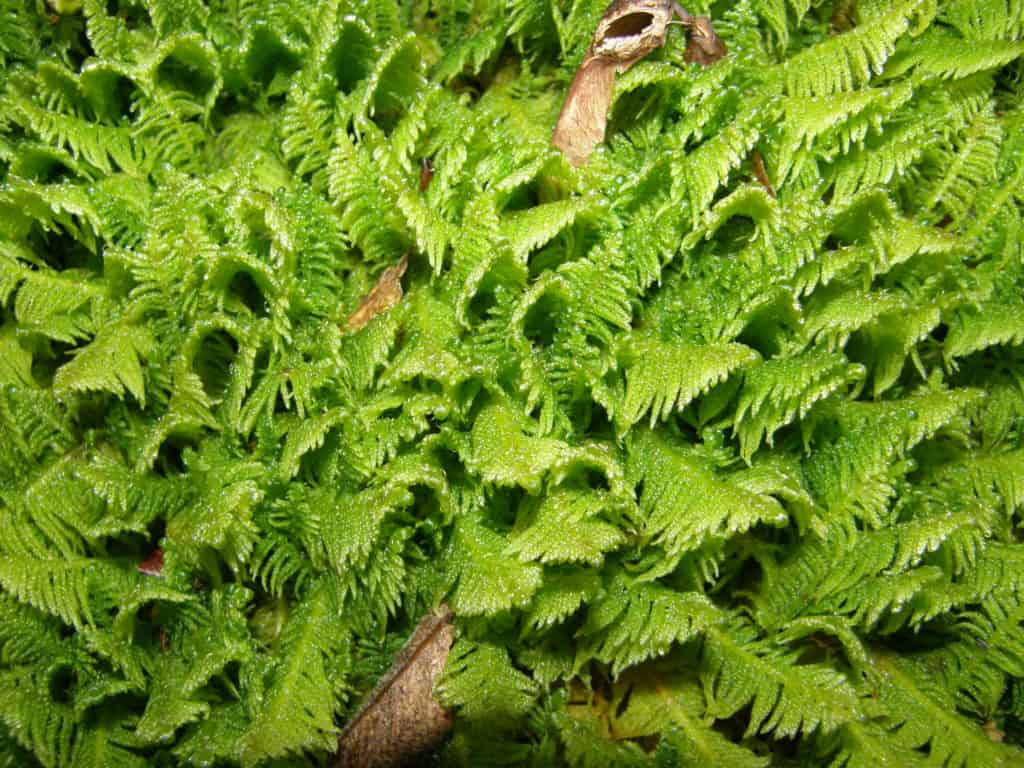Guest Blog by Bryophyte Expert and FSC Tutor Laurie Wildwood
So what are you waiting for? Go on, get out! You need only your eyes and mind,
Laurie Wildwood
Just explore and be curious, take a close look, and who knows what you will find.
Hello everyone, Laurie Wildwood here, an ecologist and associate tutor with the FSC. I love nature, particularly botany, and find myself particularly drawn to the more understated species. I find them to be no less beautiful than their more flamboyant counterparts, and maybe even more so, owing to their modesty. Be it a small wildflower such as Fairy Flax (Linum catharticum), the Bristle Club-rush (Isolepis setacea), or mosses, liverworts and hornworts (bryophytes), the subject of this blog post!

Laurie Wildwood
I would like to think that all of you have been moved by an enormous, ancient tree or a meadow full of brightly coloured flowers. But how many have been moved by moss? I, as most people do, used to walk right past bryophytes. They are small, green and have no flowers. They were just “part of the scenery”. My aim of this blog post, if you are one of the walk-right-pasters, is to encourage you to stop and take a closer look. As I did, you may find that a window is opened onto a whole new world!
Bryophytes are some of the oldest plants on earth, emerging some 470 million years ago, at least 30 million years before their vascular cousins.

They lack a vascular system that transports water and nutrients from the roots to the leaves, therefore they must absorb all they need directly from the atmosphere through pores in their leaves and through photosynthesis. Here in the UK, we have the perfect climate for bryophytes, it being both relatively warm and wet and we have 58% of all the species found in Europe (compared to fewer than 20% of Europe’s flowering plants).
Many species can be enjoyed and learned in the field with the naked eye, but they really come to life under a hand lens, or better still, a microscope. To start with, don’t worry about their names, just look!
For more information, I recommend the British Bryological Society website and, of course, a course with the FSC.
I felt inspired to write a short poem, so here you are, and thanks for reading.
The winter is the perfect time, to get lost in a bog,
or get down on your hands and knees, to explore that rotting log.
Many flowers are now memories, the grasses are declining,
but as for all the bryophytes, they are brightly shining.
The summer made them shrivel up and lose their vibrant hues,
they were not dead, just waiting, for grey skies to oust blues.
Handsome Woollywort and Apple-moss, so much to be discovered,
and who knows, you may find a new passion is uncovered.
As you get your eye in, you’ll see the same ones all the time,
and new ones will be striking, just like my superb rhyme!
So what are you waiting for? Go on, get out! You need only your eyes and mind,
just explore and be curious, take a close look, and who knows what you will find!
